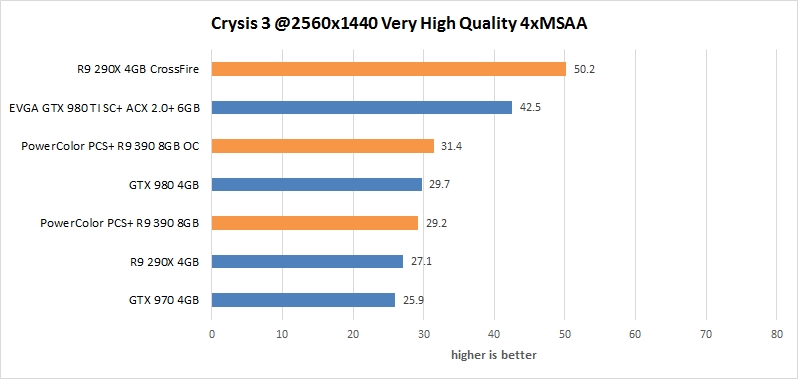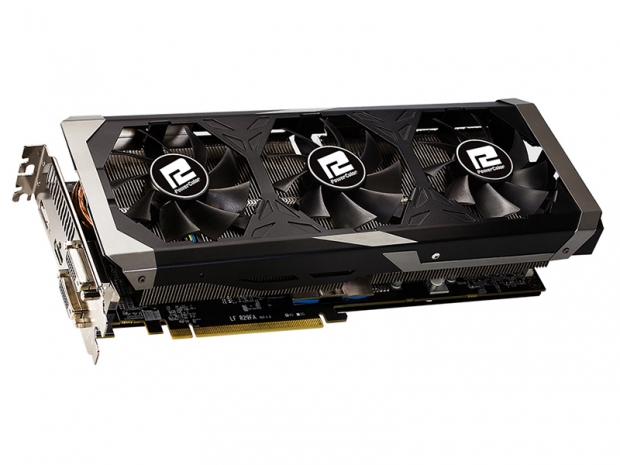Index
Overclocking
Right off the bat, we have to say that our overclocking results were inferior to those of an average 290-seriece card. However, we must note that every GPU, even those from the exact same series, are overclocked differently, so it’s possible we just received a sample that was really bad for overclocking.
Further, we are somewhat disappointed by the factory overclock, which is just 10MHz for the GPU.
We have to remember that the Grenada Pro is an overclocked version of the good old Hawaii chip used in the 290 series. AMD increased the GPU clock on the R9 390 by 50MHz compared to R9 290 cards. In addition, the memory clock was bumped up by 150MHz, which resulted in somewhat higher bandwidth. This allows the card to perform roughly on a par with the R9 290X. The downside is that AMD’s overclocking efforts also limited the overclocking headroom available to the user. Since the memory clock is also increased, it will make GPU load go up, so the OC range will decrease.
Unlike the GPU, the memory responded well to overclocking. We were able to push the clock up by an additional 150MHz, ending up at 1650MHz.
The maximum overclock on our sample card was 1071 MHz for the GPU (7% over reference and 6% over PCS+ factory clock). Using the PCS+ R9 290 (last generation with identical GPU), we achieved 1171MHz for the GPU. We used the default fan and voltage settings as defined in the VGA BIOS. We used AMD Overdrive which denotes the clock changes in percentage points. If you want to take a look at the actual clock, you can use GPUZ.
In order to achieve better overclocking for the GPU we used MSI Afterburner to increase GPU voltage for +70mV and the card was stable at 1110MHz.
A quick Crysis 3 benchmark showed that overclocking yielded an additional 7-percent performance boost.

